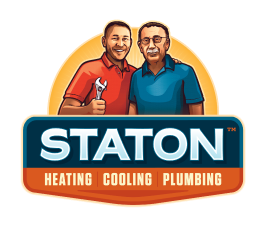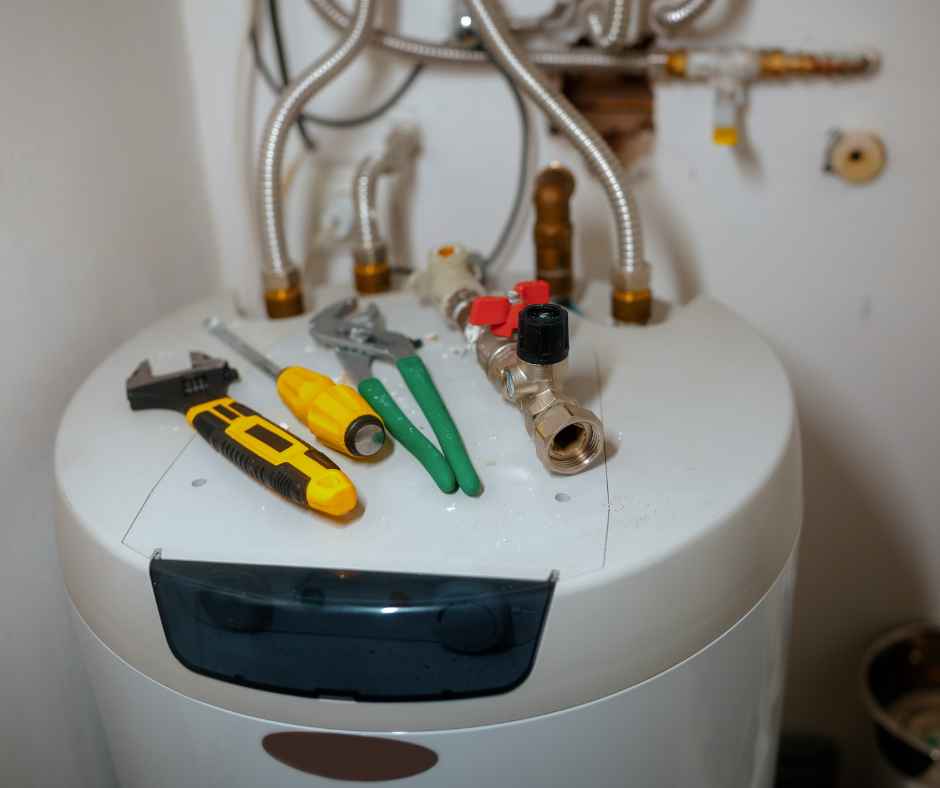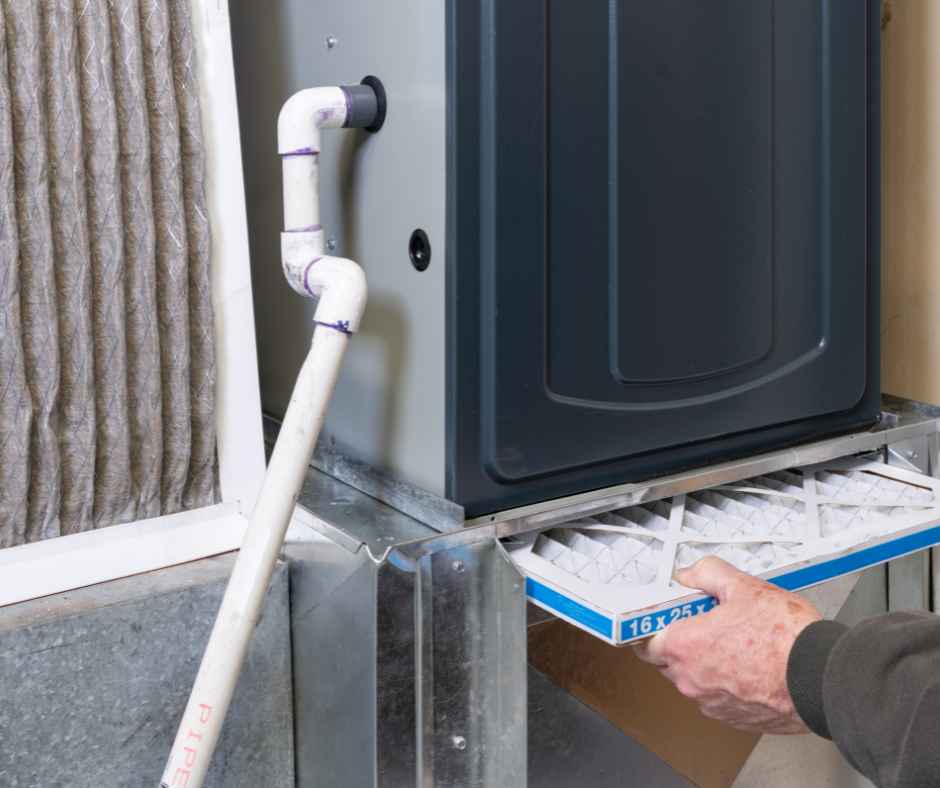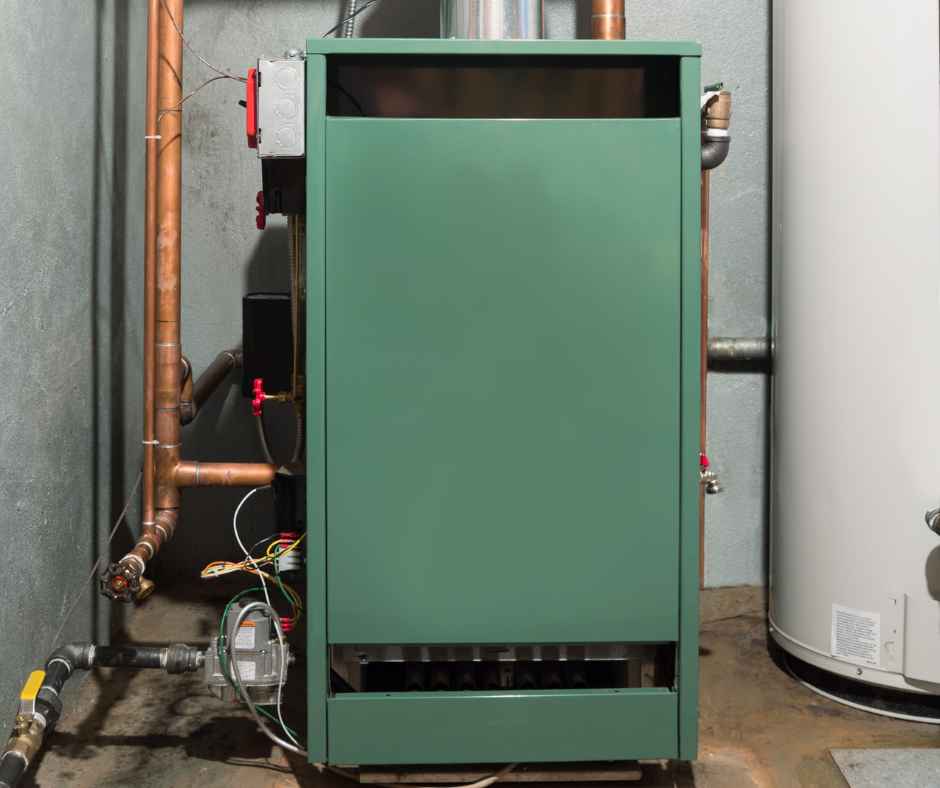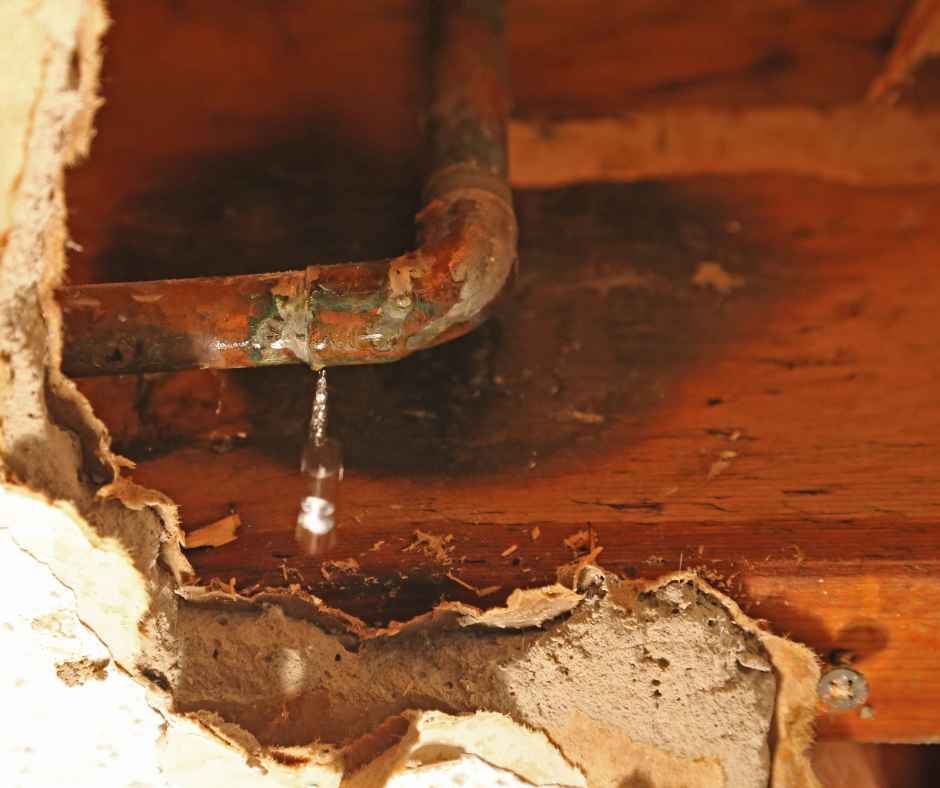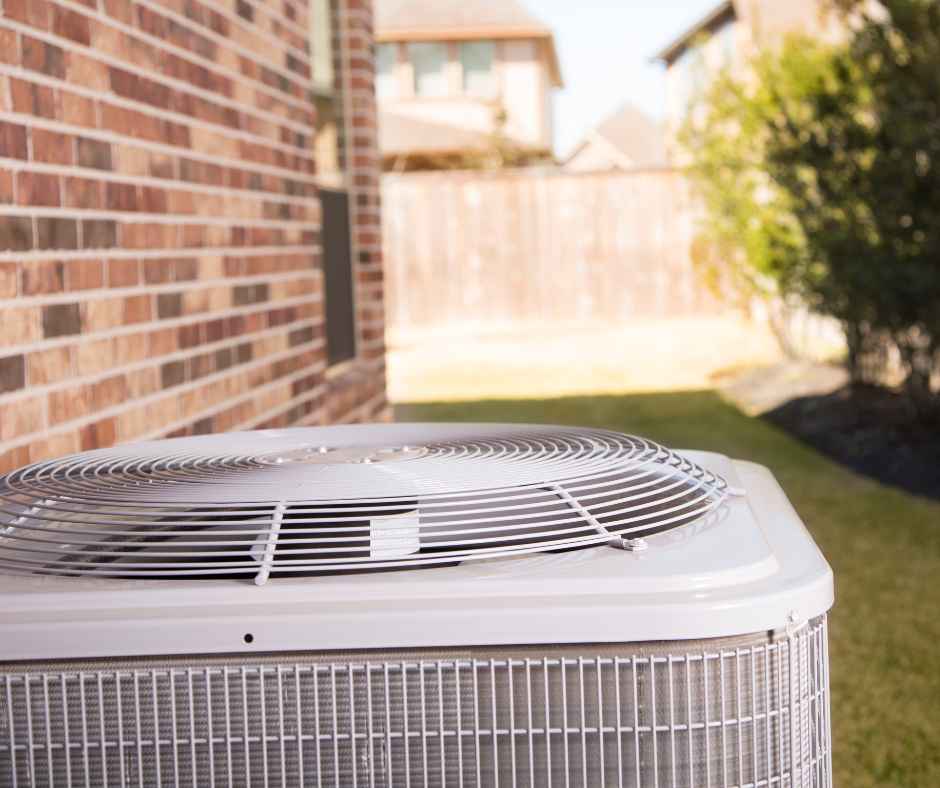Serving central Maryland & eastern shore
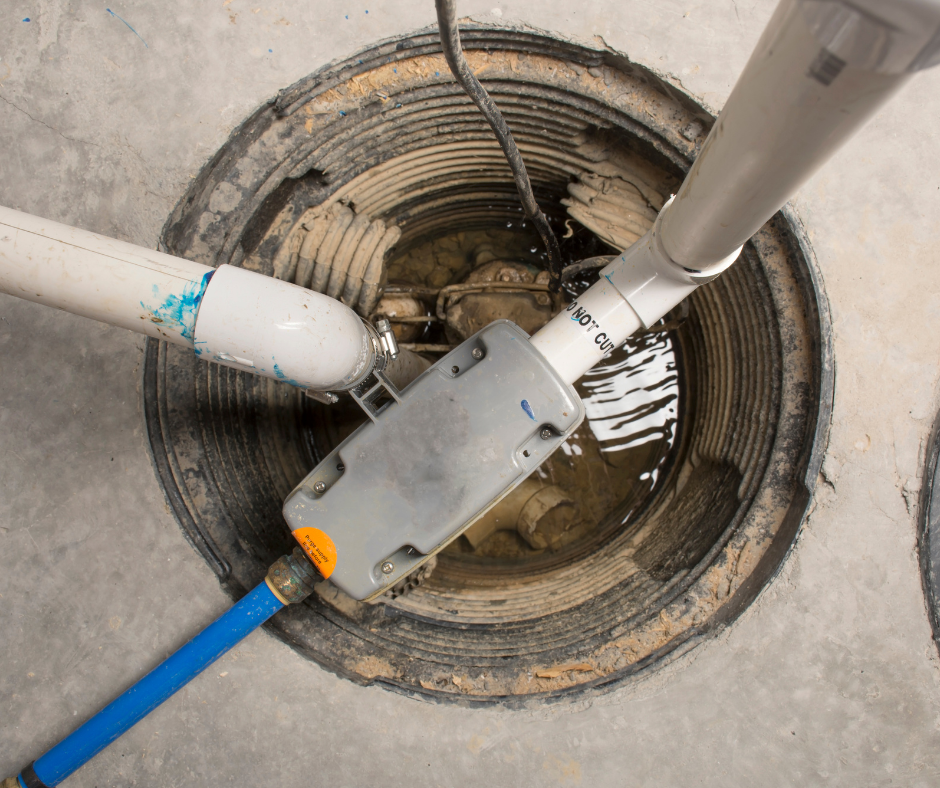
Top 5 Signs Your Sump Pump Needs Repair
When the forecast calls for heavy rain or snow begins to melt, your sump pump becomes your home’s silent guardian—keeping your basement dry and your foundation safe. But if your sump pump isn’t working properly, you may not notice until water is already seeping in. A failed or underperforming sump pump can lead to thousands of dollars in water damage, mold growth, and costly repairs. The good news? Most sump pump failures don’t happen overnight—they give off warning signs first. Knowing how to recognize those signs could save you serious trouble. In this blog, we’ll explore the top five signs your sump pump needs repair and how to act before disaster strikes.
Strange Noises or Vibrations
Your sump pump should produce a low, steady hum when it’s operating correctly. If you start hearing odd sounds like grinding, clanking, or rattling, it could be a sign that something inside the pump is damaged or misaligned. These noises are often caused by a worn or jammed impeller—the fan-like part that moves water through the pump. Vibrations may also occur if the pump becomes unbalanced or a part has loosened over time.
Strange noises may seem harmless at first, but they usually indicate mechanical wear that can get worse quickly. Left unaddressed, these issues can reduce your pump’s efficiency, damage the motor, or lead to total failure during a heavy storm—when you need it most.
It’s also important to note that debris or small stones can get pulled into the sump pit and interfere with moving parts. If you hear any loud or unusual sounds when the pump kicks on, turn it off and inspect the basin. Persistent noises mean it’s time to have your sump pump inspected and possibly repaired by a professional.
Runs Constantly or Won’t Shut Off
A sump pump that never shuts off isn’t doing you any favors—it’s likely signaling a problem. These systems are designed to activate only when water reaches a certain level in the pit. If your pump runs continuously, it could be wearing itself out long before you really need it.
One of the most common culprits is a stuck float switch. This component tells your pump when to turn on and off, and if it gets stuck in the “on” position, your pump won’t shut down. Another possible issue is a malfunctioning check valve, which is supposed to prevent water from flowing back into the sump pit. If the valve fails, the system might keep running in an endless loop.
Constant cycling can also indicate a pump that’s too small for the volume of water it’s trying to move. If the pump is underpowered, it may never fully evacuate water from the pit, causing it to keep running and burning out the motor over time.
If your sump pump won’t shut off, it’s a clear sign you need an inspection before that motor gives out entirely.
Starts and Stops Frequently (Short-Cycling)
Short-cycling is when your sump pump turns on and off rapidly—sometimes every minute or two. While this might not seem as concerning as a pump that never shuts off, short-cycling can be just as damaging. This stop-start behavior puts significant strain on the motor, increasing wear and reducing the lifespan of the entire system.
One of the main causes of short-cycling is an improperly sized pump. If your sump pump is too large for the pit, it may remove water so quickly that it shuts off almost immediately—only to turn back on moments later as water refills the pit. Alternatively, a faulty or poorly positioned float switch can cause inconsistent signals, making the pump cycle erratically.
Electrical issues can also be a factor. A failing controller, capacitor, or power supply can interrupt the pump’s regular operation and lead to unpredictable cycling. Over time, this can cause overheating or even permanent motor failure.
If you notice your pump turning on and off more frequently than usual, it’s time to have it professionally evaluated. Fixing short-cycling early can help you avoid costly repairs and emergency flooding when you least expect it.
Visible Rust, Mold, or Buildup
Even though your sump pump lives in a damp environment, visible rust, mold, or buildup inside the pit or on the unit itself shouldn’t be ignored. These are often signs that your pump is no longer operating efficiently—or that it’s developing issues that could lead to failure.
Rust on the exterior of the pump or on its components may indicate the presence of iron bacteria, which feed on iron in the water and leave behind a slimy, rust-colored residue. While not dangerous to humans, this sludge can clog the pump intake, reduce water flow, and increase wear on moving parts.
Mold and mildew growth can also signal that water is sitting too long in the sump pit—possibly because the pump isn’t removing it fast enough. This excess moisture contributes to musty odors, unhealthy air quality, and even mold spread to nearby walls and flooring.
Additionally, any mineral or sediment buildup around the pump, float, or discharge line can lead to blockages and reduced performance. If you notice visible grime, foul smells, or discoloration, it’s time for a thorough cleaning—and likely a pump inspection by a professional.
Basement Moisture or Pooling Water
This is the most obvious and urgent sign that something is wrong with your sump pump: water in your basement. If you’re seeing damp floors, condensation on walls, or even standing water in low-lying areas, your sump pump may not be doing its job—or may have already failed.
Pooling water in the basement usually means the pump is either not activating when it should, or it’s unable to handle the amount of incoming water. This could be due to a burned-out motor, a clogged or frozen discharge line, or blockages in the pump intake. In some cases, the pump might be running but is overwhelmed during heavy rain or snowmelt, suggesting it’s time for an upgrade to a more powerful unit.
Moisture can lead to mold, mildew, and rot, not to mention damage to your walls, flooring, stored belongings, and even the structural integrity of your foundation. If you’ve ruled out leaking pipes and suspect the sump pump isn’t doing its part, don’t delay.
Any sign of unexplained basement moisture should prompt a professional inspection. Catching sump pump failure early is key to avoiding expensive water damage and maintaining a dry, healthy home.
When to Call a Professional
While some minor sump pump issues—like a stuck float or a dirty basin—can be handled with a little DIY effort, most signs of failure warrant a professional inspection. Your sump pump is a critical piece of equipment that protects your home from major water damage, and it deserves expert care when it shows signs of stress.
You should call a professional plumber or sump pump technician if:
- The pump is making unusual noises or vibrating excessively
- It runs constantly or doesn’t shut off even when the pit is empty
- You notice visible rust, mold, or mineral buildup
- The pump short-cycles or stops and starts unpredictably
- There’s any sign of moisture or flooding in the basement
An experienced technician can inspect the entire system—electrical components, float switch, discharge lines, check valves, and backup systems—and make the necessary repairs or recommendations. In some cases, a repair will get your system back to full strength. In others, a replacement may be the safer and more cost-effective solution.
Routine inspections can extend the life of your sump pump and prevent emergencies. If you’re unsure, it’s always better to be safe—and dry—than sorry.
Stay Dry and Protected With Staton Plumbing Heating & Cooling
Your sump pump is your home’s last line of defense against basement flooding, mold growth, and structural damage. But like any appliance, it can wear out over time—and often gives subtle warnings before it fails. Whether it’s odd noises, nonstop running, visible corrosion, or unexpected moisture, these signs are your cue to take action before the next big storm arrives.
Catching sump pump problems early means fewer surprises, fewer emergency repairs, and greater peace of mind during the rainy season. If you’ve noticed any of the five signs covered in this blog, don’t wait to get your system checked.
Staton Plumbing Heating & Cooling offers fast, professional sump pump inspections, repairs, and replacements to keep your home safe and dry year-round. Our experienced technicians will assess your current system, identify any weaknesses, and offer long-term solutions tailored to your needs.
Contact Staton Plumbing Heating & Cooling today to schedule your sump pump service and make sure your basement stays dry—no matter what the forecast has in store.

